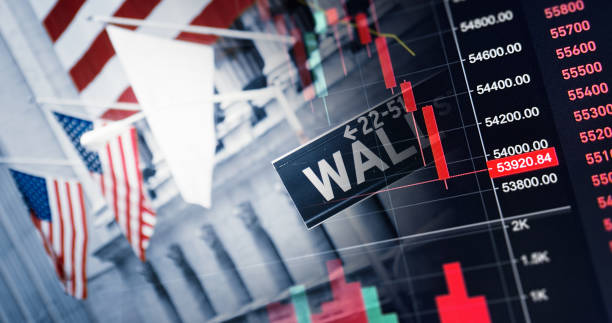Demand for U.S. Treasury bonds underwhelms into third week as yields settle

Market data showed little to negligible change in U.S. Treasury yields as investors continued to weigh tariff impacts in the third successive week of weak Treasury auctions. The 2-year Treasury yield gained negligible basis points to 3.741% while the 10-year yield increased by 0.008 bps to 4.25%. The 30-year yield rose slightly over a basis point to ~4.83%.
Treasury yields barely moved as investors struggled to “make sense of competing signals” amid lingering inflation risks and a weakened economy. The 10-year yield was stuck because investors could not decide on the bigger risk between a “tariff-induced inflation” that prevented rate cuts and “an economic weakness” that demanded them.
Market analysts also noted that the current changes in the 30-year Treasury yield signaled weak demand for “fixed-income securities.”
Jurrien Timmer, the Director of Macro at Fidelity, recently claimed that the disappointing jobs report on August 1 impacted demand for “safe assets,” including treasuries. He noted that every dip in the 10-year yield has been short-lived since 2022. Timmer noted that the 10-year yield’s “coiled spring” continued “to grind.”
Hou says investors are digesting a busy week
Steve Hou, a Quant researcher at Bloomberg, said investors had taken “a few days to digest a busy week.” According to Hou, the Fed’s actions and tariff scares were among the top reasons investors slowed down. Investors also reacted to the “surprising” July report on U.S. nonfarm payrolls.
The week also saw President Trump announce the possible appointment of Stephen Miran, the Chair of the Council of Economic Advisors, to the Fed Board of Governors. Miran is set to replace Adriana Kugler, who resigned on August 1. He will serve out the remaining term until January 31, 2026.
Trump is also expected to nominate a “shadow chair” to replace Jerome Powell at the Federal Reserve. The new chair will likely act in Trump’s interest on the Fed’s board, including cutting rates.
“In the meantime, we will continue to search for a permanent replacement.”
–Donald Trump, U.S. President
Previously, U.S. Treasury yields edged higher after Trump announced the 90-day tariff ceasefire. Investors also monitored developments after Trump raised tariffs on several countries by 10% to 41% through an executive order. However, market watchers expect “few fireworks” from economic data this week.
Kaplan doubts the 10-year Treasury is still a ‘safe-haven’
Rob Kaplan, the Vice Chair at Goldman Sachs, questioned whether the 10-year Treasury bond was still a safe haven for investors. He pointed out that it is not “quite acting that way” in the past several months. Kaplan observed increasing deficit concerns for longer-maturity U.S. treasuries.
Jan Hatzius, the chief economist at Goldman Sachs, said the 10-year Treasury rate aligned with the U.S. economy’s growth trend. He added that this implied the U.S. could only afford “a much smaller deficit.”
However, Goldman Sachs’ co-Head of Global Banking & Markets, Ashok Varadhan, observed that U.S. Treasury yields had risen enough to attract private investors. He noted that they were no longer expensive, adding that “sovereign debt” was at a level that attracted private capital. Varadhan expects the U.S. Treasury yield curve to “steepen.”
Jens Sorensen, the Chief Analyst at Danske Bank, said this week that U.S. treasuries moved modestly during Asian hours. The curve between the 10-year and 2-year yields remained inverted, although a modest flattening had started raising questions. However, bond sales this week would serve as a “litmus test” if demand holds.
Cryptopolitan Academy: Coming Soon - A New Way to Earn Passive Income with DeFi in 2025. Learn More
.jpg)




